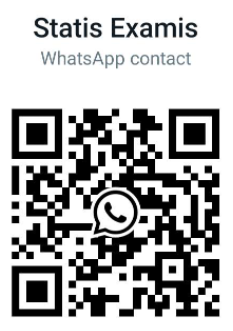Navigation » List of Schools » California State University, Northridge » Psychology » Psychology 327 – Infancy and Early Childhood » Winter 2022 » Chapter 4 Quiz
Question #1
A False
B True
Question #2
A Down syndrome
B Sudden infant death syndrome
C Hyaline membrane disease
D Shaken baby syndrome
Question #3
A True
B False
Question #4
A Infants from all regions and economic backgrounds receive vaccinations as the health care system is the United States provides universal coverage.
B Vaccines only work if a high enough proportion of the population is inoculated.
C The scientific community has widely supported the belief that infants receive far more vaccinations than their immune system can handle.
D In the United States, polio and pertussis largely still persist due to the limited access to vaccinations for these infections.
Question #5
A It is no longer recommended that caregivers delay introducing foods that are common allergens.
B There is a specific order that solid foods must be introduced in.
C It is recommended that only food at a time be introduced.
D At around 6 months infants may begin to show signs of being ready for solid foods.
Question #6
A cow’s milk at least for first three months.
B iron-enriched solid foods, usually cereals from 3 months of age.
C breast milk exclusively for the first six months.
D skimmed milk rather than whole milk, to prevent obesity.
Question #7
A Broccoli
B Honey
C Tangy lemonade
D Water
Question #9
A The toes will fan out and curl when the sole of the foot is stroked from heel to toe
B Fingers automatically grip anything that touces the palm of the hand
C Legs move in stepping like motion when feet touch a smooth surface
D Turning the head when the cheek is touched
Question #10
A A sudden noise or loss of support to the head and neck will cause infants to spread out their arms and legs then quickly contract the limbs inward
B Sucking on anything that touches the lips
C When lying on the back with head to one side infants will extend the arm and leg on that side while flexing the limbs on the opposite side (looks like a fenser pose)
D Legs move in stepping like motion when feet touch a smooth surface
Question #11
A The toes will fan out and curl when the sole of the foot is stroked from heel to toe
B Fingers automatically grip anything that touces the palm of the hand
C Sucking on anything that touches the lips
D Legs move in stepping like motion when feet touch a smooth surface
Question #12
A A sudden noise or loss of support to the head and neck will cause infants to spread out their arms and legs then quickly contract the limbs inward
B Sucking on anything that touches the lips
C When lying on the back with head to one side infants will extend the arm and leg on that side while flexing the limbs on the opposite side (looks like a fenser pose)
D Turning the head when the cheek is touched
Question #13
A Fingers automatically grip anything that touces the palm of the hand
B Turning the head when the cheek is touched
C When lying on the back with head to one side infants will extend the arm and leg on that side while flexing the limbs on the opposite side (looks like a fenser pose)
D Legs move in stepping like motion when feet touch a smooth surface
Question #14
A Turning the head when the cheek is touched
B Fingers automatically grip anything that touces the palm of the hand
C A sudden noise or loss of support to the head and neck will cause infants to spread out their arms and legs then quickly contract the limbs inward
D Sucking on anything that touches the lips
Question #15
A A sudden noise or loss of support to the head and neck will cause infants to spread out their arms and legs then quickly contract the limbs inward
B Sucking on anything that touches the lips
C Turning the head when the cheek is touched
D Fingers automatically grip anything that touces the palm of the hand
Question #16
A conditioned response.
B unconditioned response.
C mental set.
D reflex.
Question #17
A length/height
B brain weight
C overall weight
Question #18
A soft; lateral
B latent; mass
C fine; gross
D gross; fine




